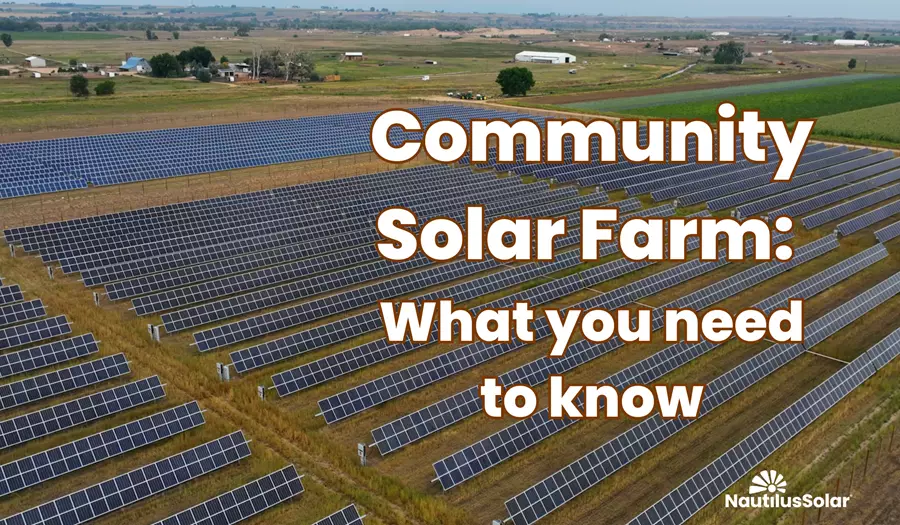The solar power comes from the sun. But how does the power get from the farm to my house?
The quick answer is that the solar power from the community farm is fed to the electric grid then delivered to your home by your electric company—the one you’re already using. When you enroll in community solar, nothing will change in the way you receive your electricity except your clean energy will now come from the solar farm via the utility company. That will result in solar credits showing up on your electric bill, helping you achieve affordable electricity.
How is this different than installing solar panels on a roof?
Signing up for a community program offers the same benefits of solar power as solar panels, without the cost and headache of installation or maintenance. Instead of generating affordable electricity through your roof, community solar connects your power company with a community solar farm. Those farms have several individual solar panels (sometimes into the hundreds!) that are strategically grouped together to maximize solar energy collection. Hundreds of households can share a single community solar farm.
Because they’re free-standing, the farm’s panels can be mounted on tracking systems that allow the panels to rotate from east to west along with the sun, maximizing the potential solar energy intake.
Are solar farms bad for the land? Should the land be used for traditional agriculture instead?
One of solar’s many advantages is that not only can it avoid harming the land, but it can also be good for the land. Instead of saturating the land with fertilizers and chemicals, the land under the solar panels can grow pollinator plants, flowers, and grasses that are good for the soil, not to mention other environment-critical beings such as bees, butterflies, and hummingbirds, to name a few.
Do so many solar panels in one place cause glare that could be dangerous to people passing through?
No. The solar panels used in solar farms absorb sunlight rather than reflect it. In addition, they’re often covered with anti-reflective coatings that cause them to reflect as little sunlight as wood shingles.
What happens at night or during winter?
Solar panels go into standby at night, which means they’re not producing electricity. However, night is not the same as a cloudy day; the panels can still produce energy when the sky is overcast.
In winter, days are shorter than in the summer and so less power is produced. Over the year, this all evens out. If snow accumulates, the panels can do a “snow shake” which remotely makes the snow fall off.
Are solar farms noisy like windmills?
Solar farms are as quiet as a field of corn with no tractor running through them. They don’t have combustible machinery making noise while they work. That also means they don’t produce pollution, nor any unpleasant smells or chemicals neighbors would have to worry about.
Ready to learn more about the benefits of solar power? Click here to learn about community solar in your area.


.png)

.png)